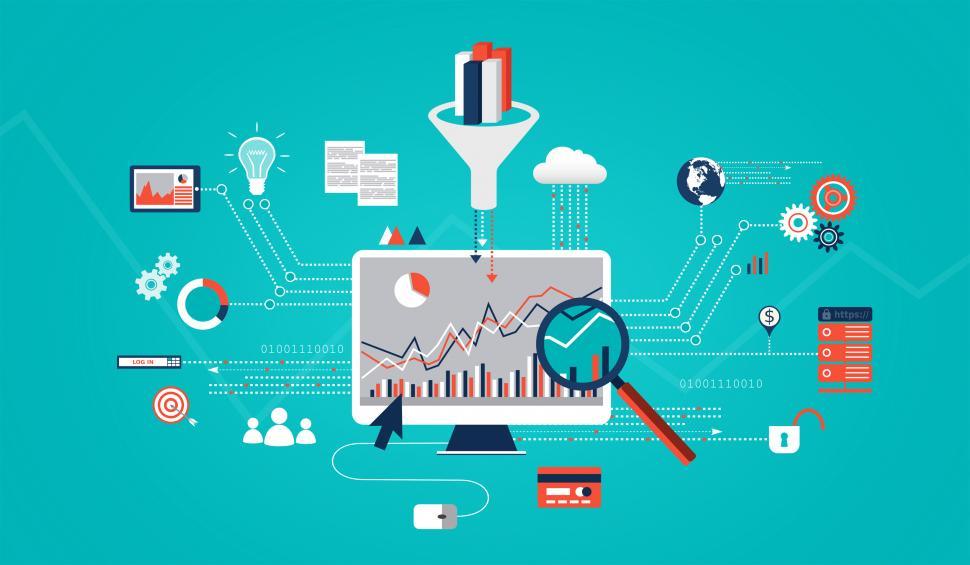Originally published in Jornal da Unicamp on June 11, 2024. Click here to read the original text.
By: Mariana Ceci
World War II was a turning point for many countries to realize the value of strategic planning and managing complex future-related situations, and consequently, the importance of future studies.
As we obviously do not have historical series or data about the future, foresight studies use data from the past and present, as well as expert opinions, to try to imagine what might happen and its respective ramifications.
“Foresight” go by many names and approaches. Forecasting and future studies, along with their variations, are the most commonly used terms and aim to prospectively study the most varied fields of knowledge.
“A question that always lingers over foresight is whether more and better data obtained in the present would be able to increase the accuracy of ‘predictions.’ Would predicting the future be a problem of data availability and computational capacity, or even with these, would it be impossible to increase the accuracy of foresight?” explains Sergio Salles-Filho, a professor at the Department of Science and Technology Policy at the State University of Campinas (DPCT/Unicamp).
With the emergence of big data, computational capacity, and machine learning, will prospective studies be able to overcome the inherent uncertainty of the future? If so, to what extent? If not, why not?
On May 25th, researchers Vinicius Muraro from Lund University in Sweden, and Sergio Salles-Filho published an article in the scientific journal Foresight, analyzing the use of big data and machine learning in this field of knowledge. Both researchers are part of the Laboratory for Studies on Research and Innovation Organization (Lab-GEOPI) at Unicamp.
To conduct the analyses, two techniques were used: bibliometrics, a statistical tool that allows mapping and generating different indicators on information and knowledge management from scientific publications, with a collection of articles published since 2021 in the Scopus database; and a survey that collected responses from 479 foresight studies specialists.
From the results, the researchers were able to better understand how these tools have been incorporated into policy studies and provide an analysis of the gaps and points that other researchers should be aware of when incorporating big data and machine learning into their studies.
Among the impacts that researchers observe from the adoption of big data and machine learning are the need to create new professional competencies and institutional control mechanisms that promote a dynamic interaction between the results obtained from the data and human knowledge. They highlight, however, that the responsible use of new technologies will significantly enhance analytical capacity in the field of future studies, which can benefit strategic decision-making and envisioning new, better-founded scenarios for desirable futures for societies.
Regarding making foresight a more precise exercise, the authors point out that the only way to overcome uncertainty, even with very large amounts of data and high data processing capacity, is that uncertainty will only be overcome or reduced for short-term events and those less susceptible to unforeseen events. In these cases, future issues that have greater breadth, lower resolution in the present, and a higher possibility of generating impacts will remain naturally uncertain, and the resources of big data and machine learning will contribute little to resolving them.


